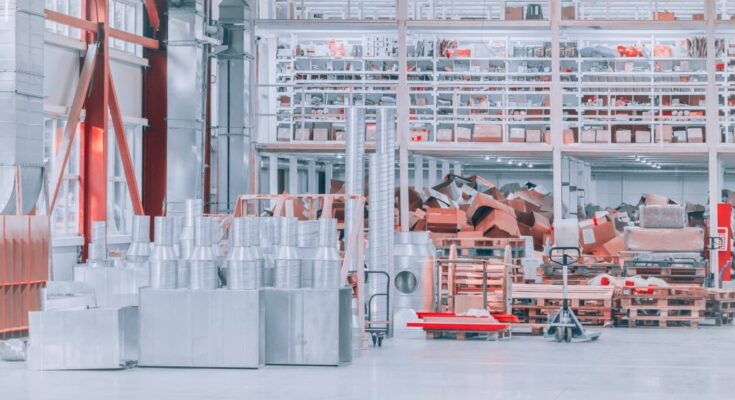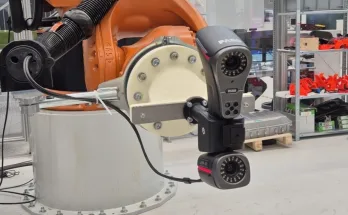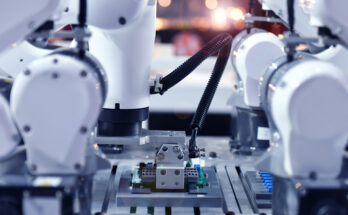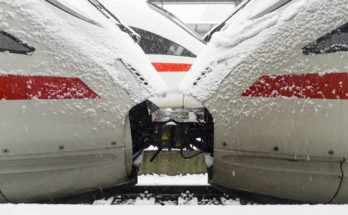As a manufacturer, there’s a good chance you’re at least considering automating your production line. The end of your production line is an ideal stage to use robots… but what’s the best way to add end of the line automation?
Adding automation to the end of your line can speed up production, reduce bottlenecks, and help to achieve better consistency for your entire operation.
Which tasks are considered end of the line? This depends on how you categorize them. But several common tasks are well-suited to robotic automation.
In this article, we explore how companies often use end of line automation, helping you decide if it is right for your business.
What Is the End of the Line in Manufacturing?
No, the “end of the line” is not a description of a company that didn’t make it through the 2020 global pandemic.
While we often use the phrase “end of the line” figuratively to mean something that is no longer functioning, in manufacturing it has a more positive meaning.
In the context of process flow through a facility, “end of the line” means any process that you perform just before your products leave your facility.
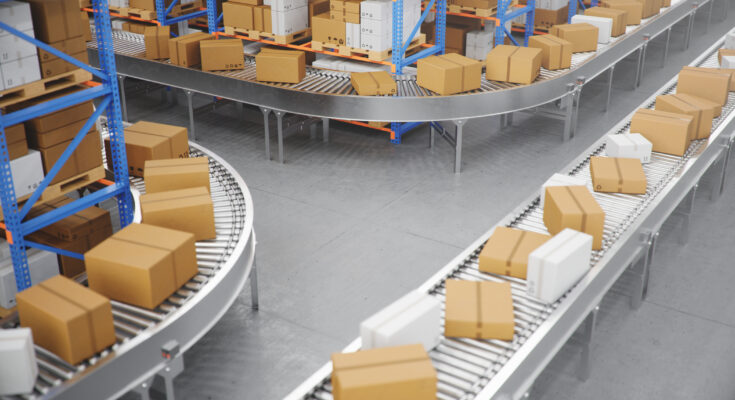
There is no strict delineation between whether or not a process counts as end of the line. An example of this is packaging. You might say that all packaging steps are end of the line. Or you might consider primary packaging (where your “raw” products go into their first packages) as an earlier process but, say, palletizing as an end of the line process.
Why Companies Use Automation at the End of the Line
The market for end of line automation is growing significantly right now. In particular, companies in Asia-Pacific countries like India, China, and Malaysia have been adopting this type of automation rapidly to combat labor shortages and optimize their costs.
Some good reasons you might think about adding end of line automation are:
- Allows you to adapt more easily to changing market demands.
- Makes better use of your workforce and their skills.
- Stops the end of the line being a bottleneck, which improves your overall productivity.
- Sets a consistent pace for your entire production workflow.
- Keeps you competitive. Your competitors are likely already using end of line automation.
5 Types of End of the Line Automation Solutions
You can apply robotic automation to almost any end of the line task. Think about the tasks that currently create bottlenecks in your business or those which you struggle to find people to perform.
Here are 5 tasks that are often considered end of line and are perfect for robots:
1. Inspections
Inspection is a vital step for ensuring the high quality of your products. The problem is that inspection takes a lot of time, delaying shipment and causing “the inspection bottleneck”.
Inspection comes in many forms, from basic visual inspection to 3D scanning. Adding robots reduces the delay and allows your inspection engineers to process products faster.
2. Product Testing
Another quality assurance task, product testing is where you actively test your products for defects. Common tasks include button and user interface testing, stress testing of casings, and functional testing.
A common robot application in this category is electronic product testing.
3. Packaging
There are various types of packaging task you might find at the end of the line. We often divide these into primary, secondary, and tertiary packaging operations.
Robotic automation is perfect for packaging tasks and is one of the top application areas in the pharmaceutical industry, amongst other industries.
4. Labeling
Labeling is often a necessary step before you can send your products to customers. But manual labeling processes are often slow, inefficient, and prone to errors.
Automated labeling is a perfect solution to improve the quality and speed of end of the line labeling. You have the option of conventional labeling automation and the more flexible robotic labeling.
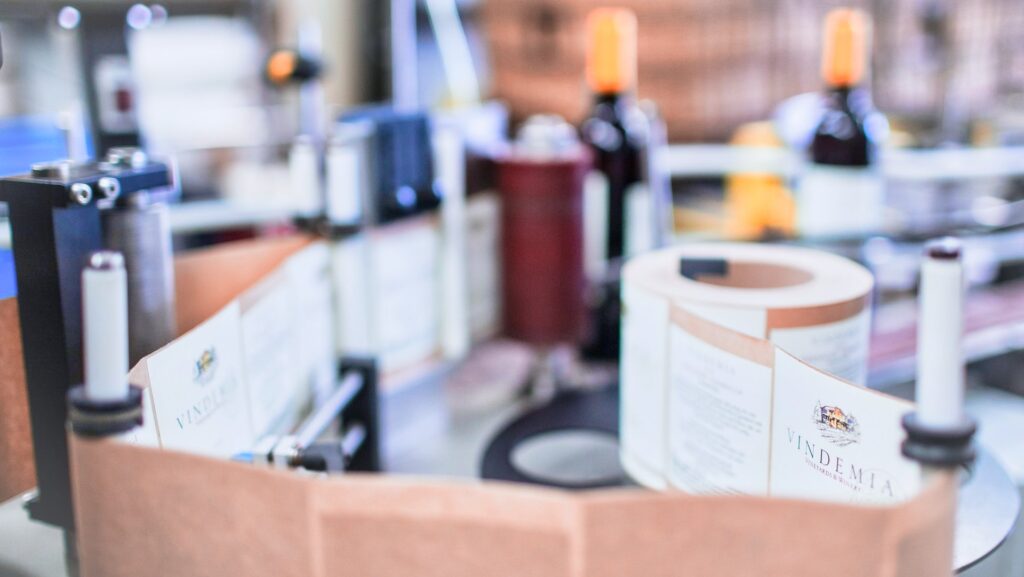
5. Palletizing
Palletizing is often the last end of the line operation before your products leave your facility. It involves arranging and stacking packaged items onto pallets.
Palletizing is an extremely popular task for robotic automation right now. It is a dull and repetitive task that involves lifting heavy items. As a result, it is damaging for humans but perfect for a robot.
With the RoboDK palletizing plugin, it’s easier than ever to program your robot for a palletizing task.
What Type of End of the Line Automation is Best for You?
Which end of the line task should you automate in your business?
First, it’s a good idea to identify stages in your end of line that would most benefit from improvement. Are there any tasks that commonly delay your products from leaving your facility?
Ask your team members which tasks they most dislike doing. These can be a great candidate for robotic automation. It will please people that they no longer have to perform that task themselves and they are more likely to receive a robot with enthusiasm.
Example: Your First End of Line Packaging Automation
A good example of a valuable first task for end of the line automation is packaging.
As a robot application, packaging tasks often come under the category of “pick and place.” The robot picks up an item from one part of its workspace and moves it to another.

Pick and place tasks are very easy to deploy with a robot. You can also add extra processes, such as labeling and tracking, to the same robot task.
To learn more about how to use a robot for pick and place tasks, check out our article How to Program a Pick and Place Task with an Industrial Robot.
Which end of the line task would you most like to give to a robot? Tell us in the comments below or join the discussion on LinkedIn, Twitter, Facebook, Instagram, or in the RoboDK Forum.. Also, check out our extensive video collection and subscribe to the RoboDK YouTube Channel

